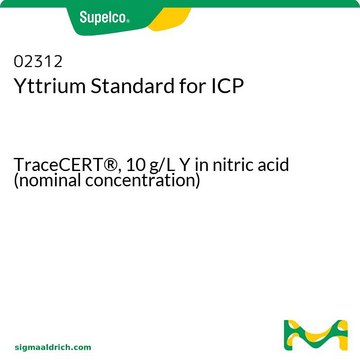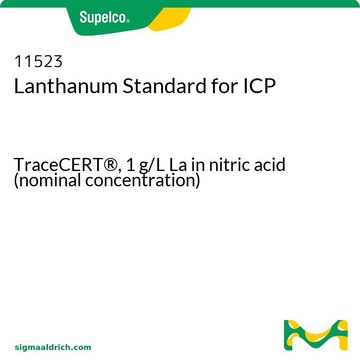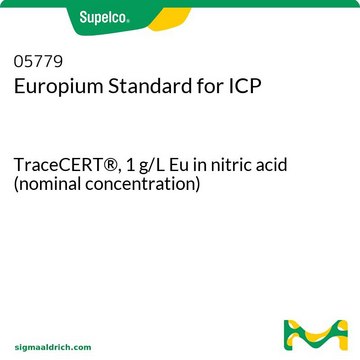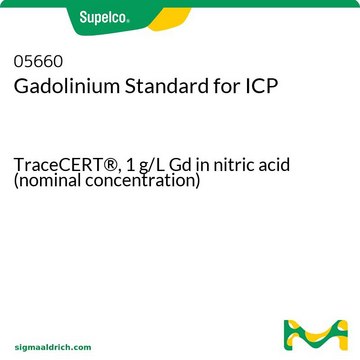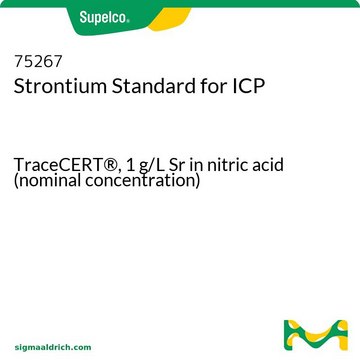MABT356
Anti-Integrin alpha6 Antibody, clone 6H7.1
clone 6H7.1, from mouse
Synonym(s):
Integrin alpha-6, CD49 antigen-like family member F, VLA-6, CD49f
About This Item
Recommended Products
1 of 4
This Item | 92279 | 92504 | 75267 |
|---|---|---|---|
| technique(s) ICP: suitable | technique(s) ICP: suitable | technique(s) ICP: suitable | technique(s) ICP: suitable |
| grade certified reference material, TraceCERT® | grade certified reference material, TraceCERT® | grade certified reference material, TraceCERT® | grade certified reference material, TraceCERT® |
| format single component solution | format single component solution | format single component solution | format single component solution |
| concentration 1 g/L Gd in nitric acid (nominal concentration) | concentration 1 g/L Sc in nitric acid (nominal concentration) | concentration 10 g/L Sc in nitric acid (nominal concentration) | concentration 1 g/L Sr in nitric acid (nominal concentration) |
| application(s) industrial qc | application(s) industrial qc | application(s) industrial qc | application(s) industrial qc |
| product line TraceCERT® | product line TraceCERT® | product line TraceCERT® | product line TraceCERT® |
General description
Signal (1-23), Integrin alpha-6 (24-1130). Processed into Integrin alpha-6 heavy chain (24 – 938), Integrin alpha-6 light chain (942-1130), Processed integrin alpha-6 (Alpha6p; 636 – 1130)
Specificity
Immunogen
Application
Cell Structure
Adhesion (CAMs)
Quality
Western Blotting Analysis: 1.0 µg/mL of this antibody detected Integrin alpha6 in 10 µg of SW480 human colon cancer cell lysate.
Target description
Physical form
Storage and Stability
Other Notes
Disclaimer
Not finding the right product?
Try our Product Selector Tool.
Storage Class
12 - Non Combustible Liquids
wgk_germany
WGK 1
flash_point_f
Not applicable
flash_point_c
Not applicable
Certificates of Analysis (COA)
Search for Certificates of Analysis (COA) by entering the products Lot/Batch Number. Lot and Batch Numbers can be found on a product’s label following the words ‘Lot’ or ‘Batch’.
Need A Sample COA?
This is a sample Certificate of Analysis (COA) and may not represent a recently manufactured lot of this specific product.
Already Own This Product?
Find documentation for the products that you have recently purchased in the Document Library.
Protocols
ELISA protocols providing detailed instructions on performing indirect ELISA and Capture ELISA . Learn more about recommended products and techniques for performing both sandwich ELISA and indirect ELISA experiments.
Our team of scientists has experience in all areas of research including Life Science, Material Science, Chemical Synthesis, Chromatography, Analytical and many others.
Contact Technical Service

